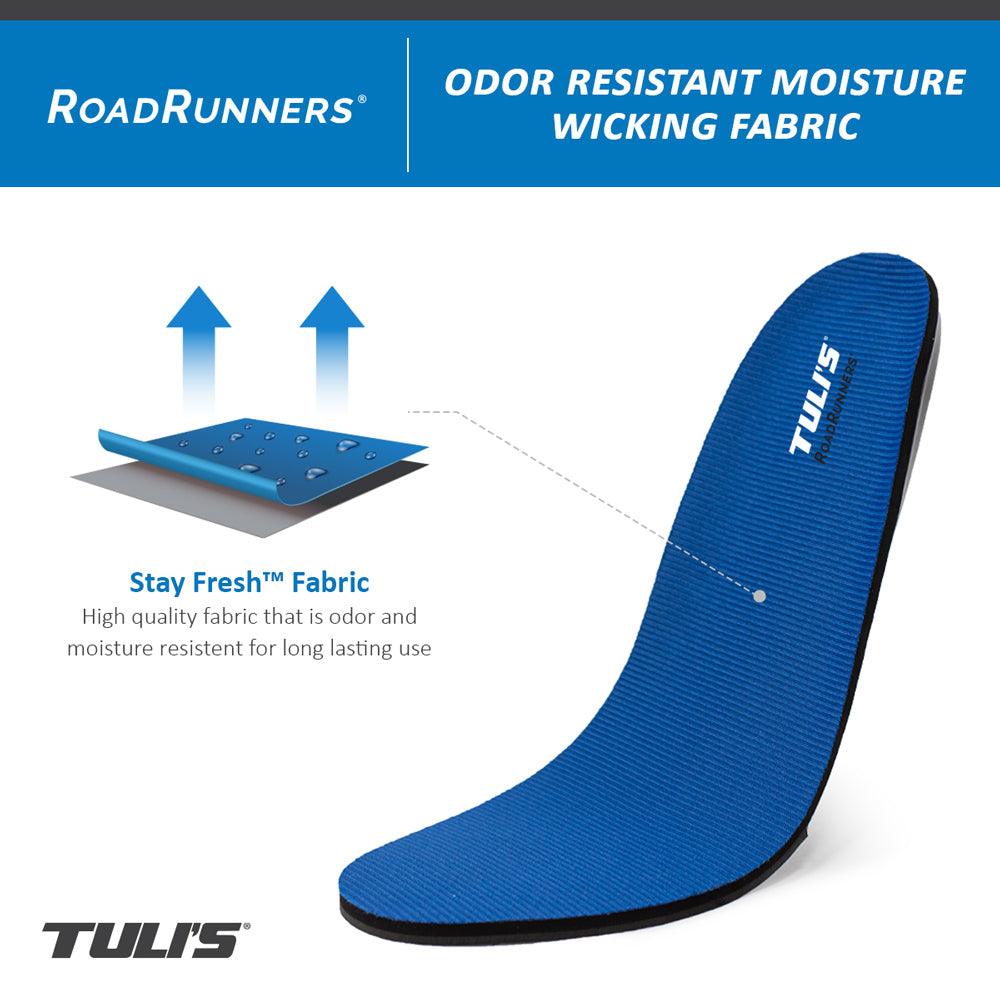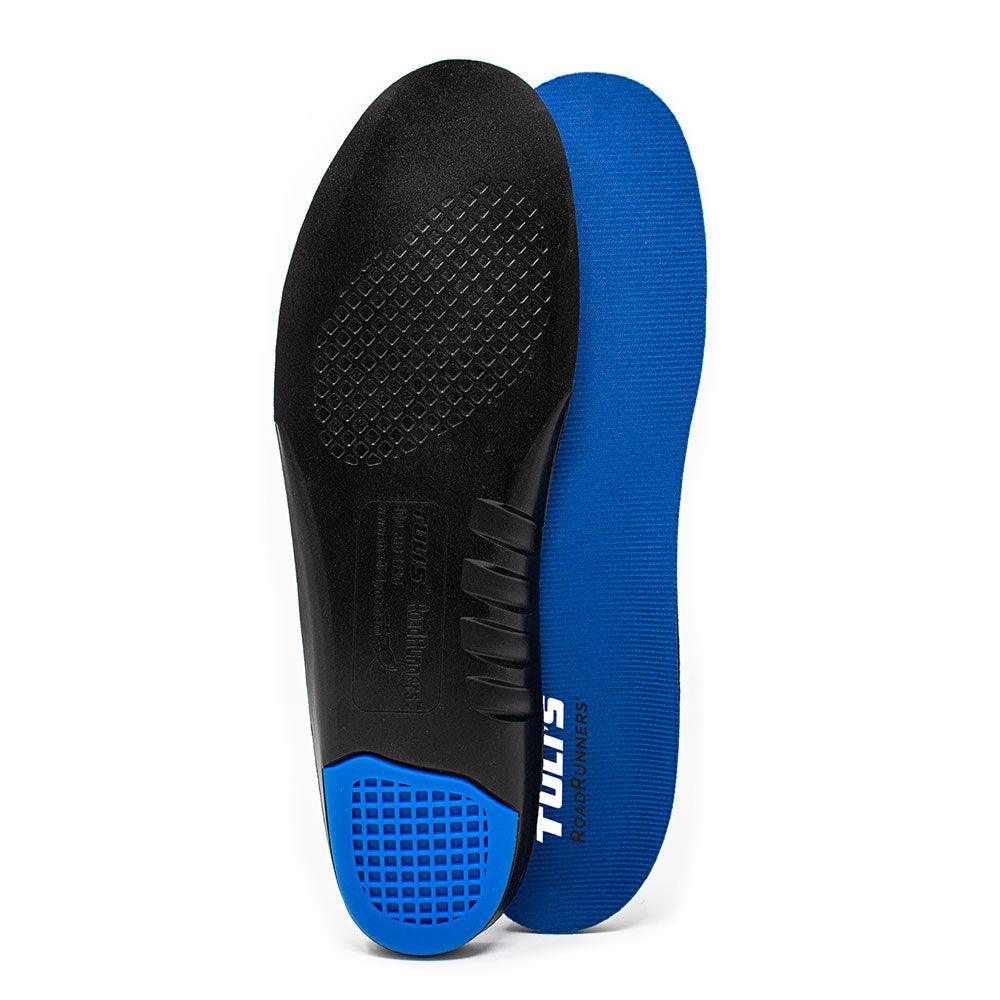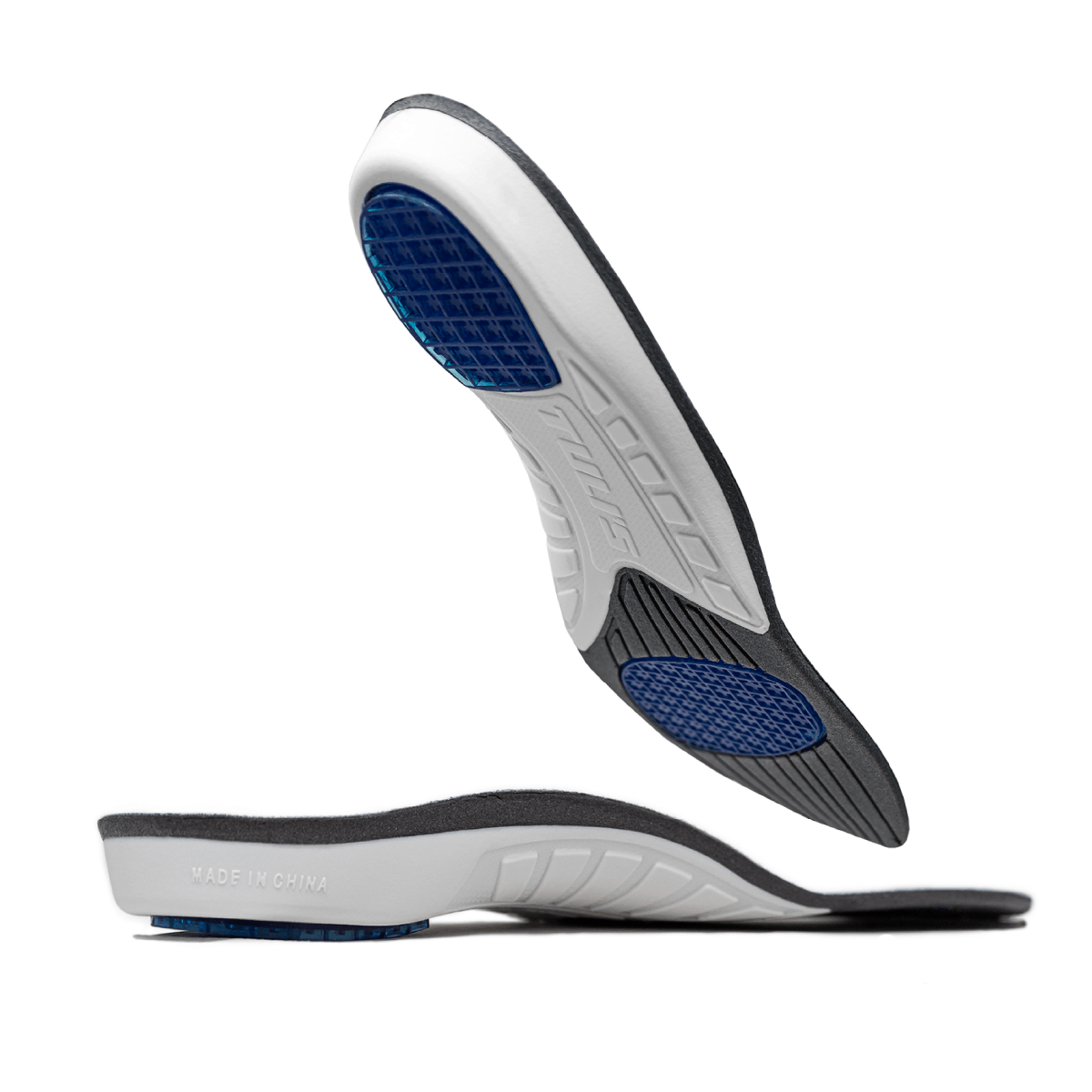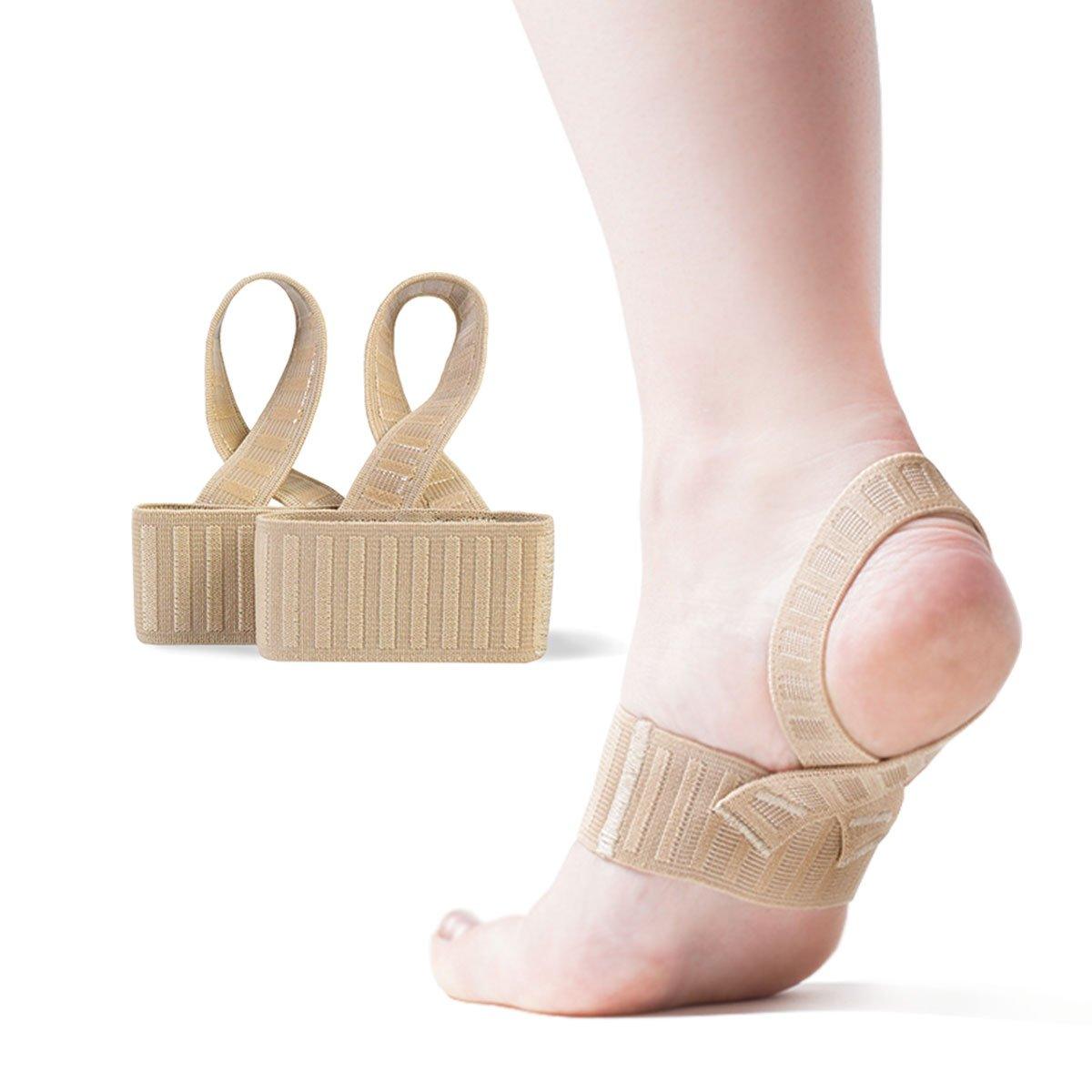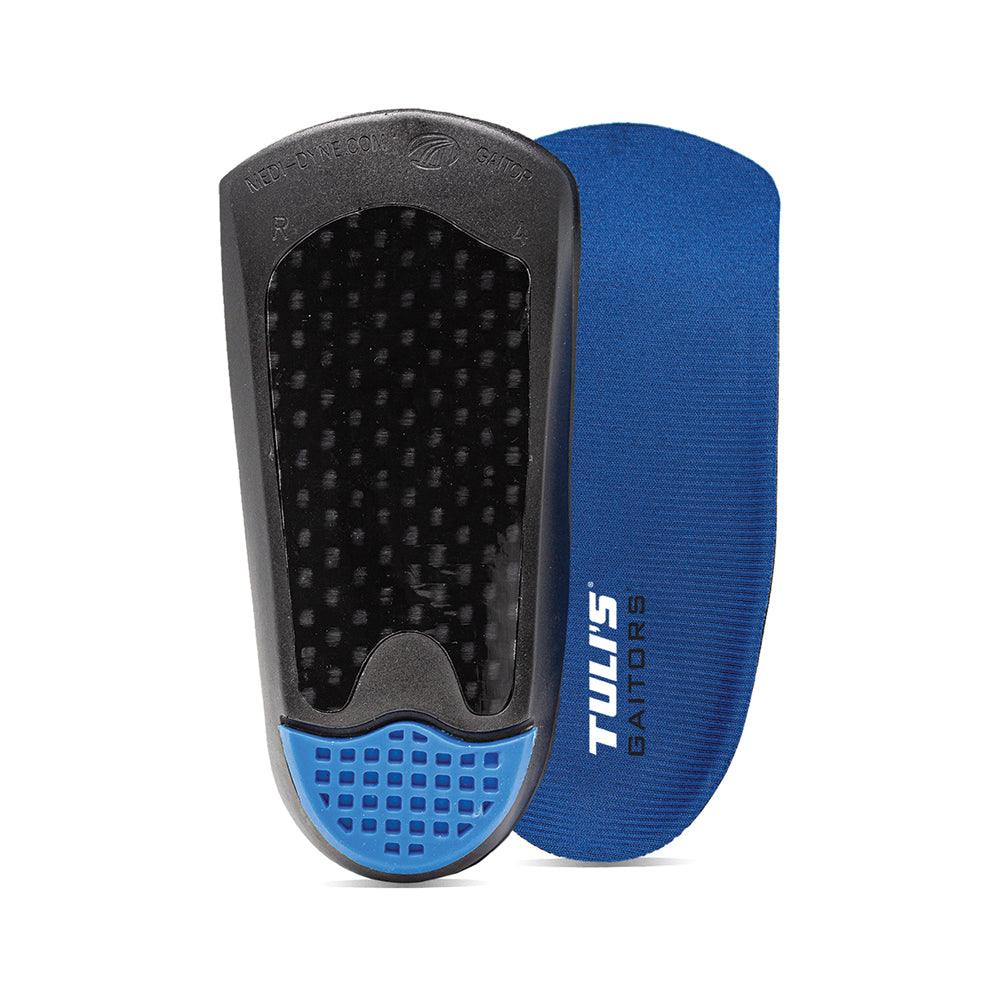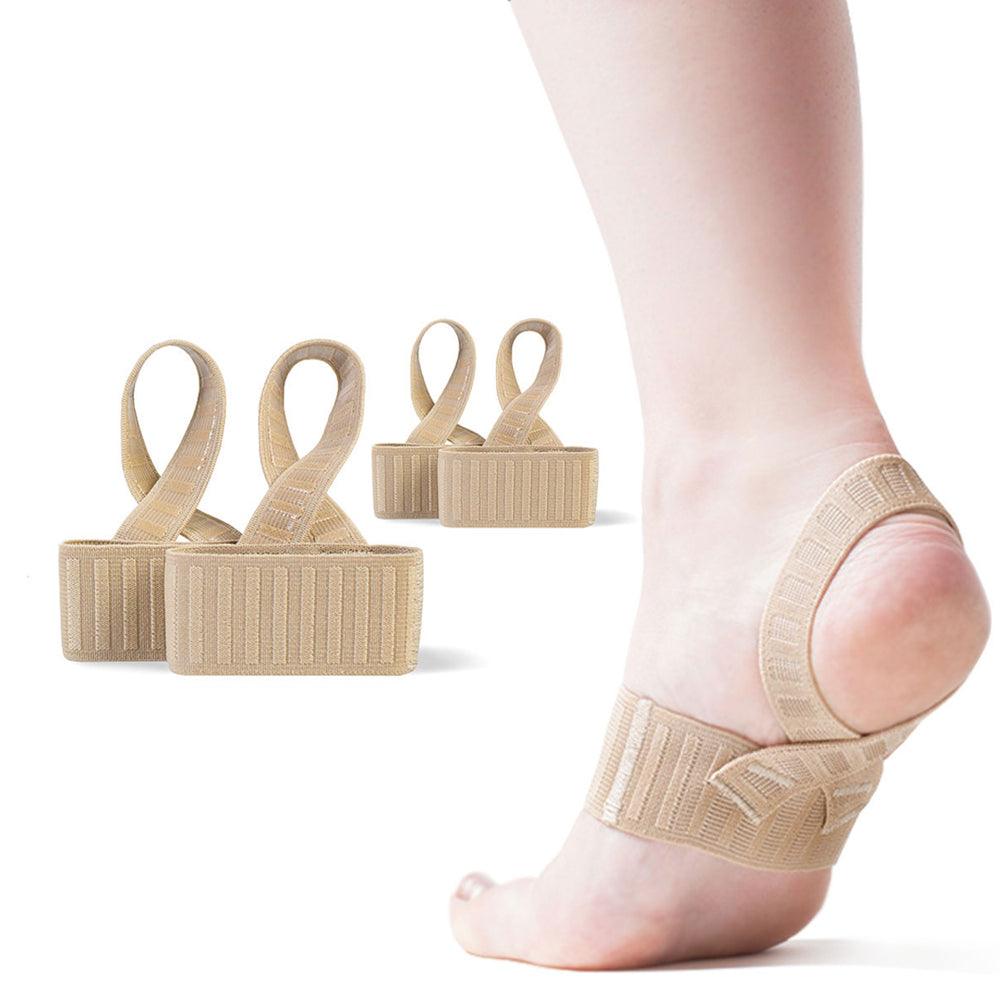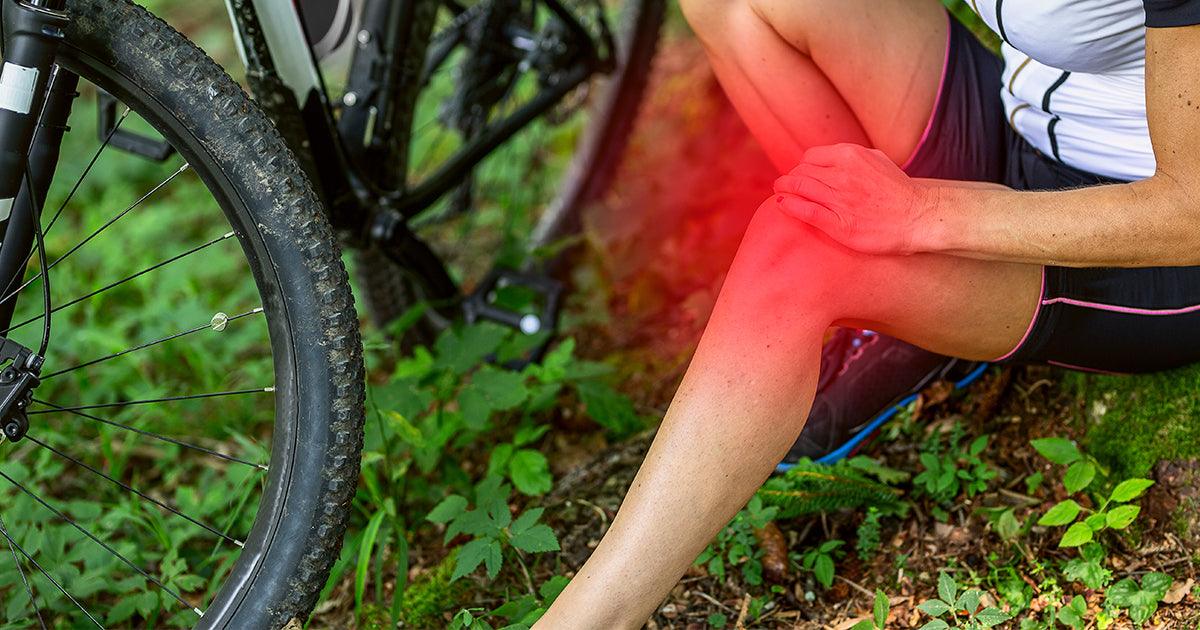For many people, shin splints pain results from overuse or an overload of stress. This overload of stress can be due to taking on too much too fast, over pronation or by inflexibility of the calf, foot and Achilles tendon.
Overload on the shinbone, and on the connective tissues that attach your muscles to the bone, can easily cause shin splints pain. If you are a walker, runner or are involved in a sport that requires frequent starts and stops, you will probably experience shin splint pain at some point.
- RUNNER: Shin splints are one of the most common injuries experienced by runners. In fact, shin splints account for 13% of all running issues.
- DANCER: Aerobic dancers have also been known to suffer from MTSS, with injury rates as high as 22%.
- MILITARY: Military personnel undergoing basic training experience MTSS injury rates between 4% and 7.9%.
Anterior Shin Splints Pain
Recently started a new activity? Experiencing shin splints pain?
People who suffer from anterior shin splints pain typically describe an aching sensation that tends to run up and down the front of their shin. This shin splints pain is typically due to micro-tears of the muscle either at the site of attachment to the bone or in the muscle fibers themselves.
Anterior shin splints pain may occur because of repetitive pulling of the anterior (front) tibial muscles. Because the anterior tibialis muscle is not yet acclimated to this heavy demand, it becomes irritated and inflamed.
Posterior Shin Splints
Posterior shin splints pain can be due to an inflammation of the tendons that attach to the inner side of the shin bone. This causes shin splint pain in the inner surface of your shin bone extending down to the arches in your feet.
This tendon inflammation is often caused by imbalances in strength and flexibility in the leg and foot. In order to prevent shin splints pain, it is critical to pay attention to muscle strength imbalances and lack of flexibility. An imbalance between the muscle groups in the front (anterior) and back (posterior) of the lower leg happens when the calf muscles are too tight or too strong. This impacts the way you walk and can lead to an irritation of the connecting tendons which causes posterior shin splints pain.
Another factor that can cause you to develop posterior shin splints is having an imbalance in foot alignment like flat arches or over pronation. As you take a step, the foot flattens out. As it flattens out, the posterior tibialis muscle stretches and inflames the tendons that attach to the inner side of the shin bone. The posterior tibial is muscle eventually becomes damaged which leads to posterior shin splints pain.
Posterior shin splints pain can also be caused by repetitive impact on hard surfaces.
Fighting Through The Pain
Shin splints pain is often prolonged when you are compelled to "fight through the pain". But when you do not take time to stretch properly, rest or use compression, then you will just continue the cycle of over use of the same muscles.
You will get the most immediate shin splint pain relief from ceasing the activity that causes pain, resting, ice, compression and elevating your leg; however, sometimes all of these steps are difficult to fit into your busy everyday life.
When your foot hits the ground while walking or running, a shock wave travels all the way up through your body. Healthy and well-supported lower legs will absorb much of this shock. It is critical that you take the steps to ensure that your feet are properly supported and your lower legs are in their healthiest condition to prevent future shin splint injuries.
If you are experiencing pain, it’s always a good idea to be examined by a doctor. If shin splints go untreated, you may begin living more of your life dealing with shin splints pain than being active without it.
RELATED PRODUCTS
OTHER RELATED TOPICS:
UNDERSTANDING AND PREVENTING SHIN SPLINTS
HOW TO PREVENT SHIN SPLINTS FOR RUNNERS
TOP RUNNING INJURY NO. 3: SHIN SPLINTS
HOW PROPER SUPPORT CAN RELIEVE SHIN SPLINTS AND WEAK ANKLES
EVERYTHING YOU NEED TO KNOW ABOUT CALF STRAINS
PLEASE NOTE: The information on this website and article is for information only and should not be used as a substitute for consulting your doctor. Consult your doctor for proper diagnosis and rehabilitation










